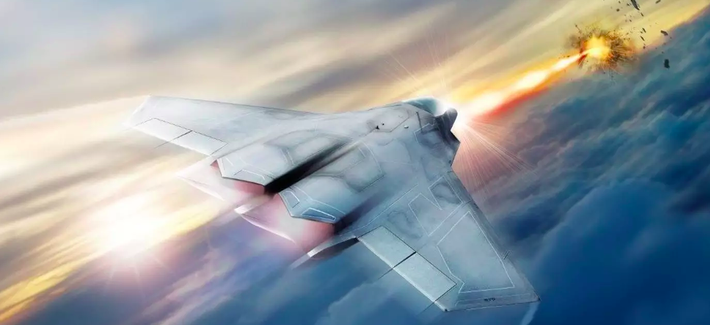U.S. Air Force says a ground-based laser downed multiple test missiles over New Mexico.

A successful ground test has moved the U.S. military one big step closer to putting anti-missile lasers on its aircraft.
A ground-based laser shot down “several” missiles in flight during an April 23 test at the White Sands Missile Range in New Mexico, Air Force officials said. Run by the Air Force Research Laboratory, or AFRL, the test was part of the Self-Protect High Energy Laser Demonstrator, or SHiELD, a program intended to protect aircraft from incoming missiles.
AFRL officials said security reasons prevented them from saying how many missiles were downed in the test.
The laser that the Air Force lab used for the test was ground-based, and on the heavy side.
“The final SHiELD system, however, will be much smaller and lighter, as well as ruggedized for an airborne environment,” an AFRL statement said. Flight tests are planned for fiscal 2020. The Air Force contracted weapons maker Lockheed Martin to build the laser in 2017.
The military has already tested ground-based and ship-based lasers against incoming drones; at $1 per shot, anti-drone lasers are expected to become a cost-effective defense against tomorrow’s unmanned swarms. But downing missiles is harder. They move a lot faster than drones. Moreover, it’s a big technical challenge to shrink a laser system with the power to take down a missile into a package that can fit on a plane, and keep waste heat from frying everything onboard.
It’s not the first time the Pentagon has tried it. In 2010, the Air Force mounted and fired off a megawatt-class chemical laser aboard a modified Boeing 747. But chemical lasers are unstable and dangerous compared to modern solid-state lasers. Another approach is using lasers to blind incoming missiles rather than physically damage them; Israeli defense contractor Elbit Systems markets airborne lasers that do this to protect planes from shoulder-fired missiles.
While the AFRL works on SHiELD, which is aimed at stopping ground-to-air and air-to-air anti-aircraft missiles, the Missile Defense Agency is trying to figuring out whether a high-energy laser mounted on an F-35 could disable ICBMs. Results from initial studies are expected later this year.